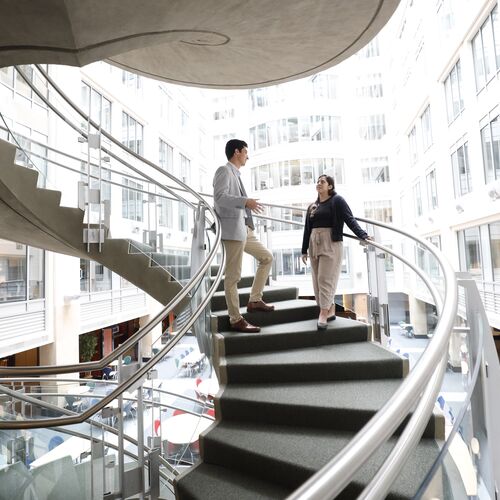Gulf Health and Resilience Board
The Gulf Health and Resilience Board (GHRB) provides oversight of the GRP’s portfolio of applied research and community-based programming at the intersection of climate adaptation, disaster resilience, and human health. The GHRB seeks to identify and address key regional priorities through strategic partnerships and inter-disciplinary approaches that leverage the scientific evidence base for action and build capacity for sustained effort.
In progress
Description
The National Academies of Sciences, Engineering, and Medicine will appoint a Board to provide oversight to the Gulf Research Program’s Health and Resilience Program Unit.
The Gulf Health and Resilience Board will meet twice yearly, and on an ad hoc basis, to guide the studies, projects, and other activities under the purview of the Health and Resilience Program Unit, towards fulfillment of the Unit’s goal of improving health and well-being by strengthening community resilience and measuring outcomes in the Gulf of Mexico region.
The Board should identify relevant topics and issues, and appropriate studies, projects, and other activities that will result in GRP impact in communities in the Gulf of Mexico region and along the Outer Continental Shelf. The Board, itself, will not produce or be used in the development of any reports.
Strategic Approaches
Strategic Approaches
The goal of the Gulf Research Program’s Health and Resilience Board is to put science into action in ways that enhance health and well-being across communities in the Gulf region and Alaska.
“Health and well-being” is the lens through which the GHRB develops its programs and projects, and it uses the Gulf Research Program’s four strategic approaches to implement its work:
Advance Science & Understanding
Build Partnerships & Engage Networks
Bridge Knowledge to Action
Monitor for Progress & Change
The GHRB uses two complementary frameworks to approach its work:
Six Community Capitals
The six community capitals represent the different types of assets of a community: infrastructure, natural, financial, human and cultural, social, and political. Accounting for these six dimensions provides a more holistic view of a community’s resilience. The health and well-being of a community and its ability to absorb, recover from, and adapt to adverse events and disasters depends on the resilience of numerous intersecting systems across multiple community capitals.Social Determinants of Health
Health inequities are the result of a disproportionate and unjust distribution of social determinants of health (SDHs). SDHs are the “conditions of the environments in which people are born, live, learn, work, play, worship, and age that affect a wide range of health, functioning, and quality-of-life outcomes and risks." Resilience-building efforts that address SDHs can improve conditions, decrease risk and vulnerability, and facilitate positive health outcomes – thus reducing health inequities and ultimately advancing health equity. Examples of SDHs include education, employment, environment, health systems and services, housing, income and wealth, public safety, and transportation.

Contributors
Committee
Thomas A. LaVeist
Co-Chair
Christine Morris
Co-Chair
Laura Bowie
Member
Craig E. Colten
Member
Lois R. DeBacker
Member
Wendy R. Ellis
Member
Rajul Pandya
Member
Marinelle Payton
Member
Keri Stephens
Member
Alonzo L. Plough
Ex Officio Member
Daniel Burger
Staff Officer
Sponsors
Internal Funding
Staff
Daniel Burger
Lead
Francisca Flores
Major units and sub-units
Gulf Research Program
Lead
Gulf Research Program Executive Office
Lead
Gulf Health and Resilience Board
Collaborator
